chlamydia in cats vaccine
The feline chlamydia vaccine is considered a non-core vaccine meaning it is an optional vaccine that cats may benefit from based on their risk for. There may be some soreness at the site of the stimulus which in the case of vaccines means the place where the shot went in.

Vaccination Of Cats Against Infectious Upper Respiratory Disease Today S Veterinary Practice
In cats with conjunctivitis the conjunctiva becomes swollen and red.
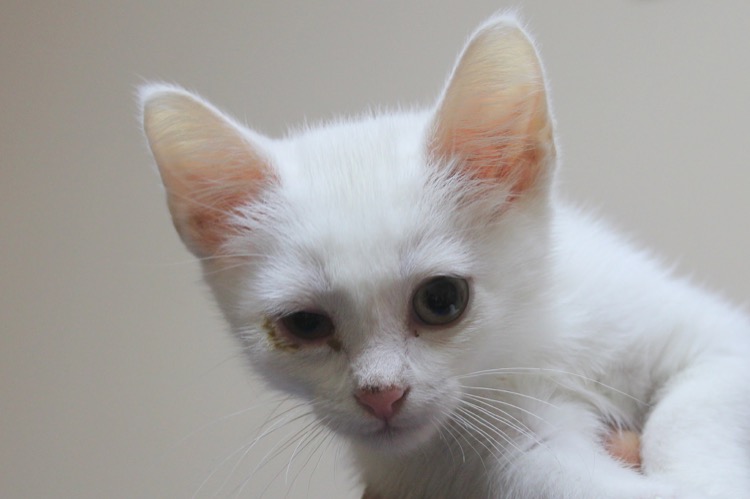
. A quality core vaccine shown to be effective for vaccination of healthy cats 9 weeks of age or older against feline rhinotracheitis calici panleukopenia and. Chlamydiosis refers to a bacteria based chronic respiratory infection caused by the Chlamydia psittaci bacterium. The safety profile of a new controlled-titer feline panleukopenia-rhinotracheitis-calicivirus-Chlamydia psittaci vaccine was compared to that of a currently-marketed vaccine.
Felis reduces the severity of clinical signs in an infected cat but does not prevent infection or shedding of the organism into the environment. Cat owners who administer their own feline vaccines save money and time while protecting the kitty from a variety of illnesses including panleukopenia rhinotracheitis calici viruses and chlamydia. The use of this vaccine could be considered for cats entering a population of cats where.
Different strains of Chlamydia felis and Chlamydia pneumoniae bacteria cause significant eye infections in cats. Although disease caused by Chlamydophila felis in cats has been referred to as feline pneumonitis Chlamydophila rarely causes pneumonia in cats. The duration of immunity against feline leukemia virus is at least 2 years.
A stimulated immune system may lead to lethargy. Feline Chlamydophila is regarded as a primary conjunctival pathogen and infection always involves the eye resulting in conjunctivitis and occasionally also causing signs of rhinitis. FVRCPP or FVRCPC This is one of the most common vaccines given and is a basic upper respiratory vaccine.
Once kittens reach six to eight weeks of age they should receive a vaccine every three to four weeks with the final booster being given after 16 weeks of age. The vaccine does not completely protect the. Chlamydia is spread by close or direct contact with an.
Cats that have recurring Chlamydia infections might develop infertility over time. Vaccines for feline herpes virus FHV-1 and feline calicivirus FCV are always combined as these two viruses together are the main causes of upper respiratory tract infections in cats cat flu. First of all a vaccine against it does exist and since this is a bacterial condition it is quite effective.
The bacterial species Chlamydia felis and Mycoplasma felis also cause respiratory disease. Feline chlamydophila disease refers to infection with a type of bacterium called Chlamydophila felisThis was formerly known as Chlamydia psitacci var felis. The feline chlamydia vaccine is considered a non-core vaccine meaning it is an optional vaccine that cats may benefit from based on their risk for.
Affected cats may experience sneezing eye and nasal discharge conjunctivitis lethargy loss of appetite sores on the gums and soft tissues of the oral cavity and lameness. Many different strains of chlamydia-type bacteria exist most being highly species specific each strain usually only infecting one or a small number of different animalsspecies. A feline leukemia vaccine like Fel-O-Vax is especially essential since this disease can result in so many complications.
Currently the recommendation for indooroutdoor cats is to administer the FVRCP vaccine annually. If so your vet may decide to use a vaccine that does not contain a Chlamydia component in the. In some cases affected kittens may develop pneumonia.
Transmission of avian C psittaci strains to people may result in atypical pneumonia or even life-threatening acute illness ie psittacosis in people. In cats with conjunctivitis the conjunctiva becomes swollen and red. Immunity induced by vaccination is probably of short duration and the vaccine provides only incomplete protection.
Cats heading into stressful situations such as boarding may benefit from a core vaccine booster 7-10 days before. A quality core vaccine shown to be effective for vaccination of healthy cats 9 weeks of age or older against feline rhinotracheitis calici panleukopenia and feline leukemia viruses as well as feline Chlamydophila. Cats that have developed this infection will often exhibit traditional signs of an upper respiratory infection such as watery eyes runny nose and sneezing.
Experimental ocular infection of specific-pathogen-free cats with the feline pneumonitis strain of Chlamydia psittaci produced an acute severe conjunctivitis characterized by blepharospasm conjunctival hyperemia chemosis and ocular discharge. Depending on the disease the vaccine will. In rare cases a much more virulent strain of this virus can cause inflammation of the liver intestines pancreas.
It protects against Rhinotracheitis Calicivirus Pneumonititis Chlamydia and Panleukopenia. Of particular interest were delayed reactions previously unreported in the literature in felines occurring 7 to 21 days after vaccination and the effect of concurrent. Furthermore C psittaci has been found in numerous other mammalian species eg cattle swine horses small.
Veterinarians routinely recommend certain vaccines for all cats called core vaccines whereas others are used more selectively according to the cats environment and lifestyle. The most common signs of chlamydia in cats involve the eyes or the upper respiratory tract nose or throat and only when infection is not treated does it spread to the lungs. As in other species it is likely that the viral infection predisposes to secondary bacterial infections such as those by Bordetella bronchiseptica.
The feline chlamydia vaccine is considered a non-core vaccine meaning it is an optional vaccine that cats may benefit from based on their risk for. With treatment the prognosis is positive. Chlamydial conjunctivitis in cats is an infection caused by a bacterial organism.
The most common signs of chlamydia in cats involve the eyes or the upper respiratory tract nose or throat and only when infection is not treated does it spread to the lungs. The disease in cats is also known as feline pneumonitis which can be misleading because these bacteria rarely cause pneumonia in cats. The most important ones are feline herpesvirus FHV-1 feline calicivirus FCV Chlamydia felis and Mycoplasma felis or combinations of these.
Cats that receive the nasal vaccine may sneeze for four to seven days after vaccination. Feline herpes virus and feline calicivirus. Effect of vaccination on feline Chlamydia psittaci infection Infect Immun.
Chlamydia felis infection is relatively common in cats it is thought to be a. Feline Chlamydia felis Vaccine Chlamydia felis causes conjunctivitis in cats that generally responds readily to antimicrobial treatment. Chlamydial conjunctivitis in cats is an infection caused by a bacterial organism.
Vaccines are available for chlamydiosis in cats. Feline herpes virus and feline calicivirus. UC Davis School of Veterinary Medicine.
For indoor-only cats the recommendation is to administer the vaccine every three years. Affected cats typically show sneezing nasal discharge conjunctivitis eye discharge and mouth ulcers. Chlamydiosis refers to a bacteria based chronic respiratory infection caused by the Chlamydia psittaci bacterium.
Chlamydia is spread by close or direct contact with an. Transmission between companion parrots and dogs or cats respectively has also been associated with clinical cases. What vaccines do cats typically receive.
Feline respiratory disease is caused by multiple agents. There are ways of ensuring that your cat never catches this disease from other animals. Vaccines work by stimulating the bodys immune system to recognize and fight a particular microorganism such as a virus bacteria or other infectious organism.
Fel O Vax Lv K Iv Calicivax Revival Animal Health
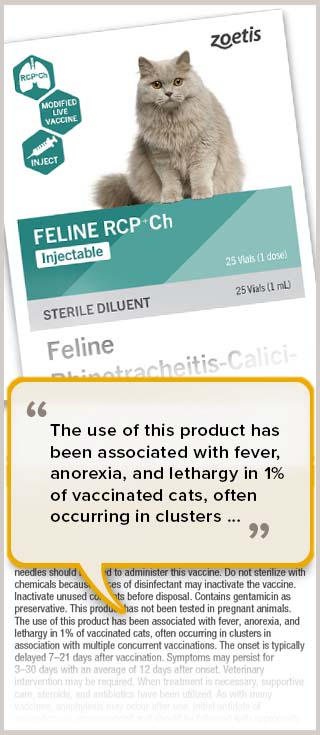
Clusters Of Suddenly Sick Cats Roil Some Veterinary Clinics News Vin
Nobivac Feline 1 Hcpch Eclipse 4 Revival Animal Health

Feline Chlamydophila Disease Merck Animal Health Usa
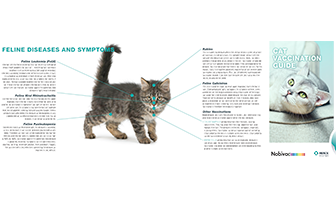
Feline Chlamydophila Disease Merck Animal Health Usa
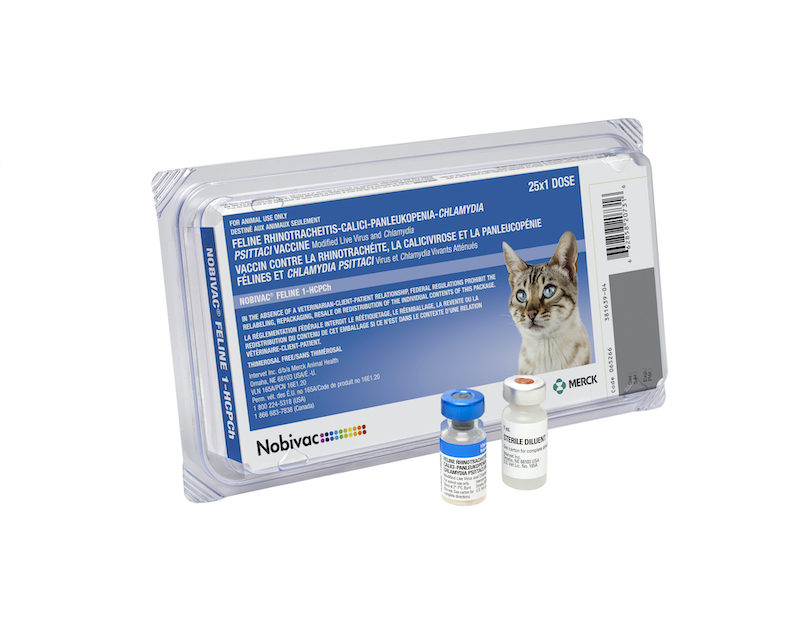
Feline Chlamydophila Disease Merck Animal Health Usa
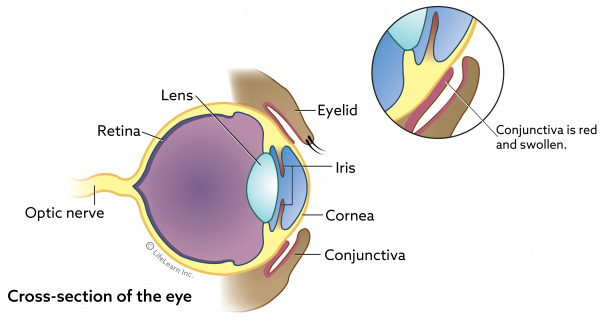
Chlamydial Conjunctivitis In Cats Vca Animal Hospital

Chlamydia And Cats What To Expect Petful

Chlamydia In Cats A Common Cause Of Feline Conjunctivitis Kingsdale Animal Hospital
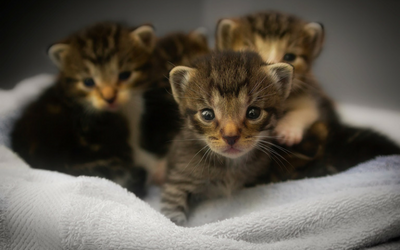
Chlamydial Conjunctivitis In Cats Vca Animal Hospital

Nobivac Felv Revival Animal Health
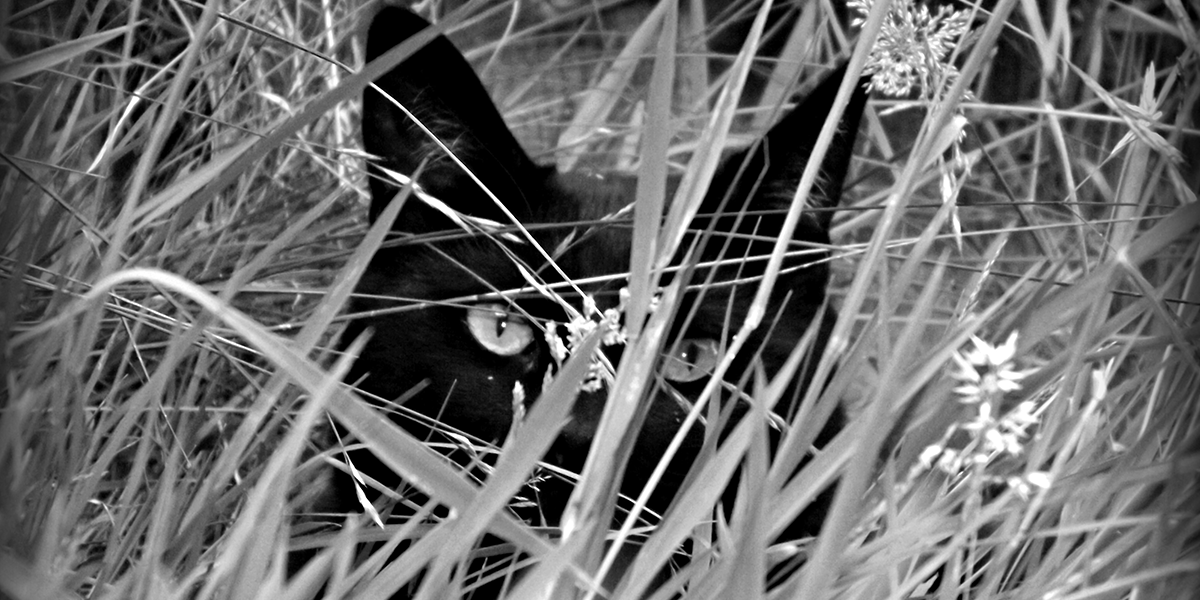
Chlamydophila Felis Infection Feline Chlamydophilosis International Cat Care
/adult-cat-vaccination-schedule-4846632_V4-ff36ccb34d74410d9652b4307a26e8b3.png)
What Is The Average Adult Cat Vaccination Schedule
Felocell 4 Revival Animal Health
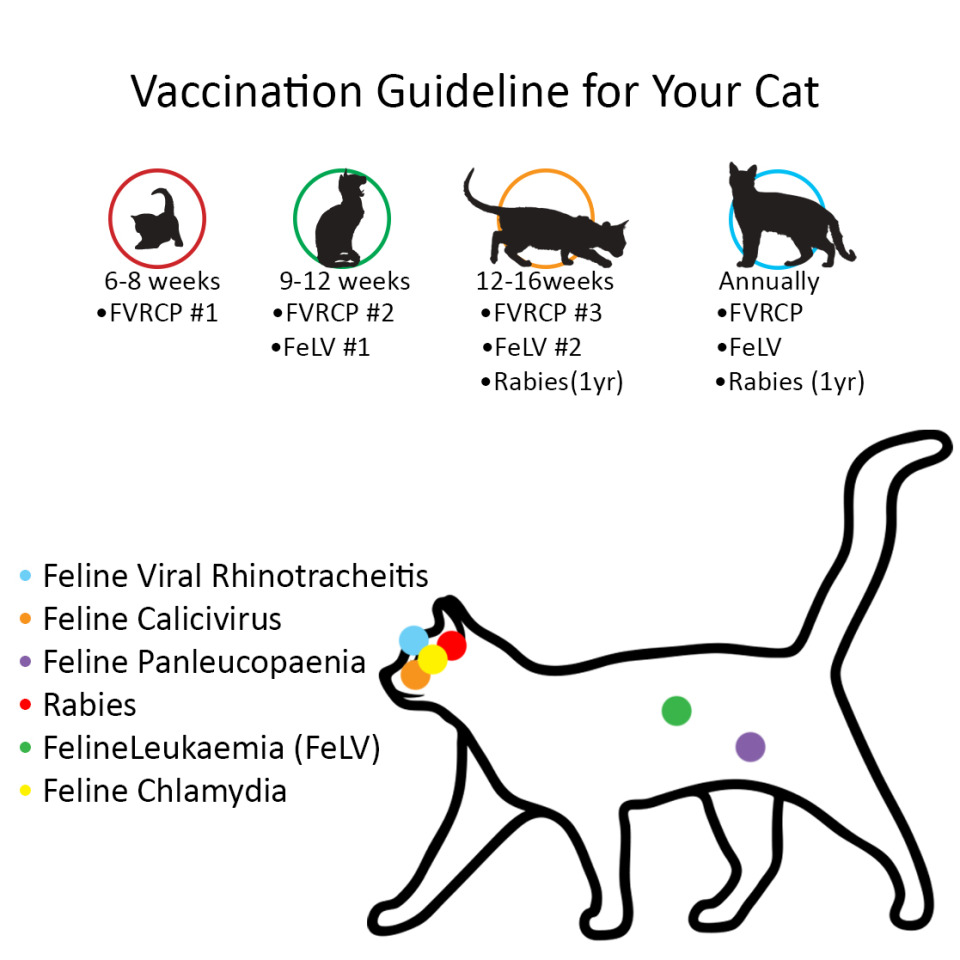
0 Response to "chlamydia in cats vaccine"
Post a Comment